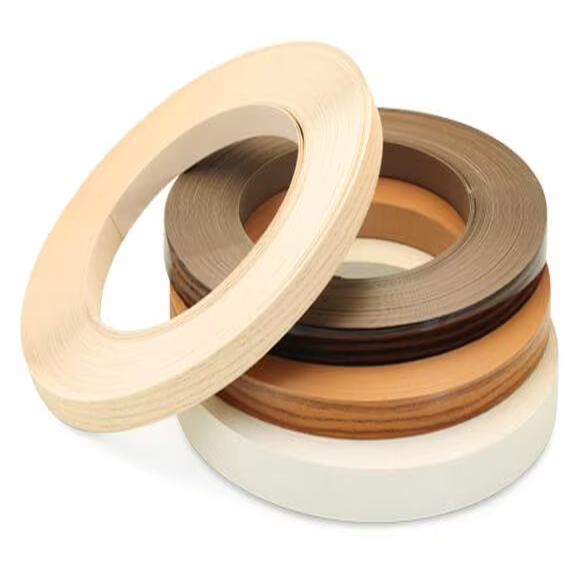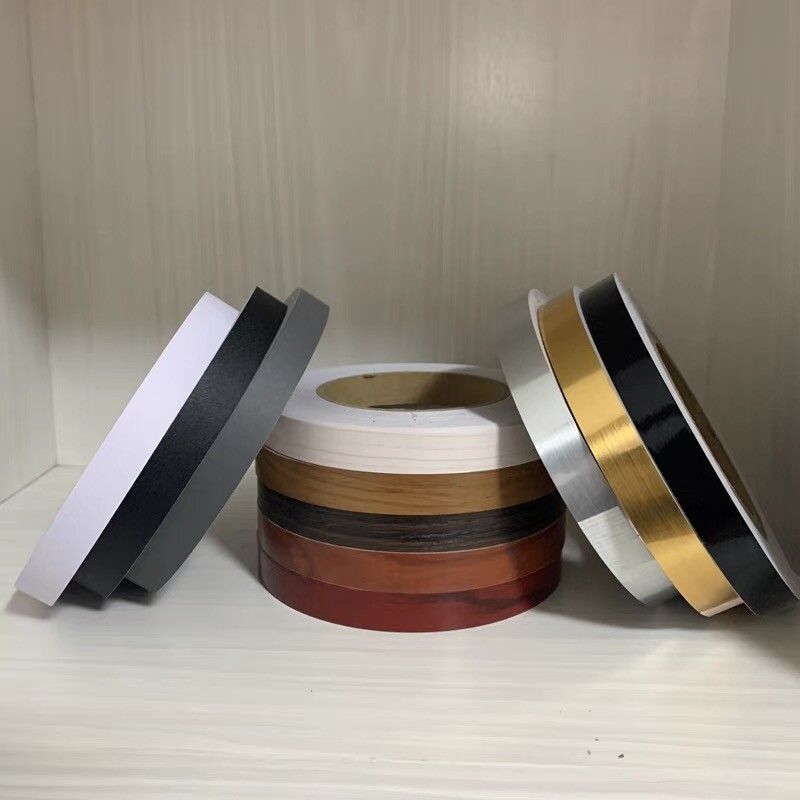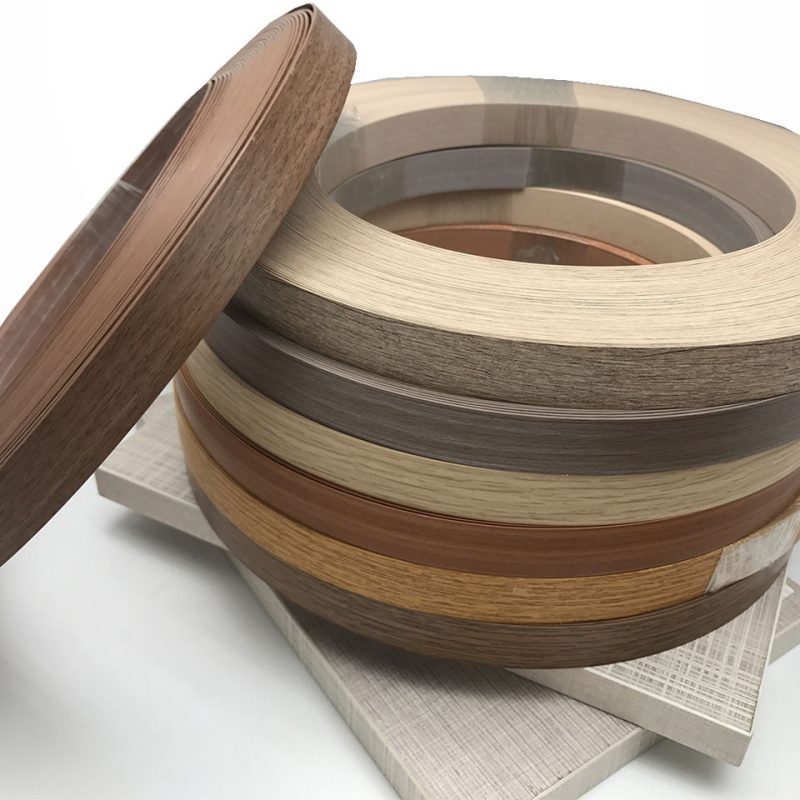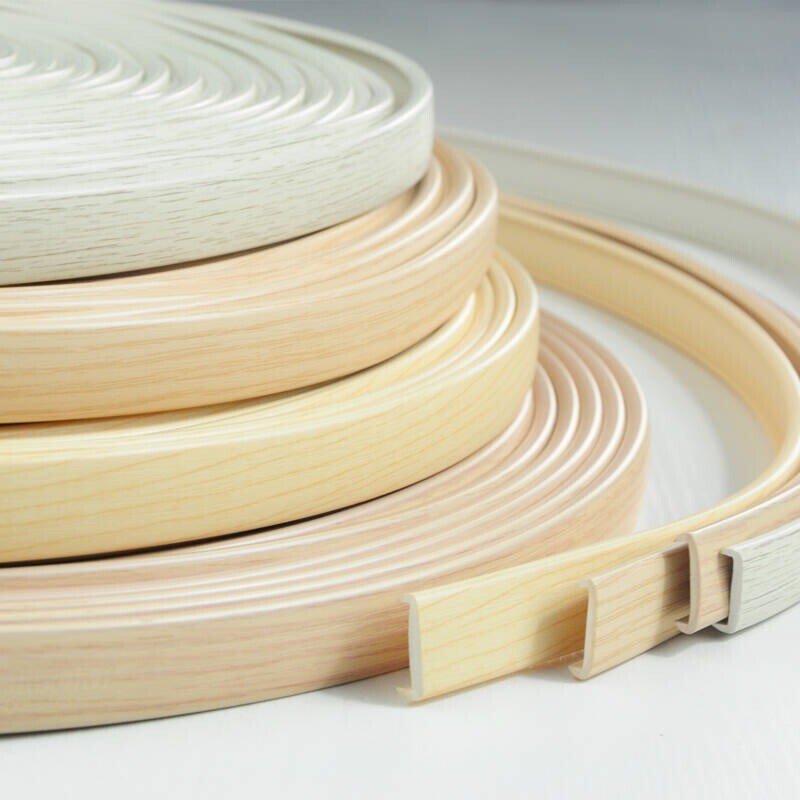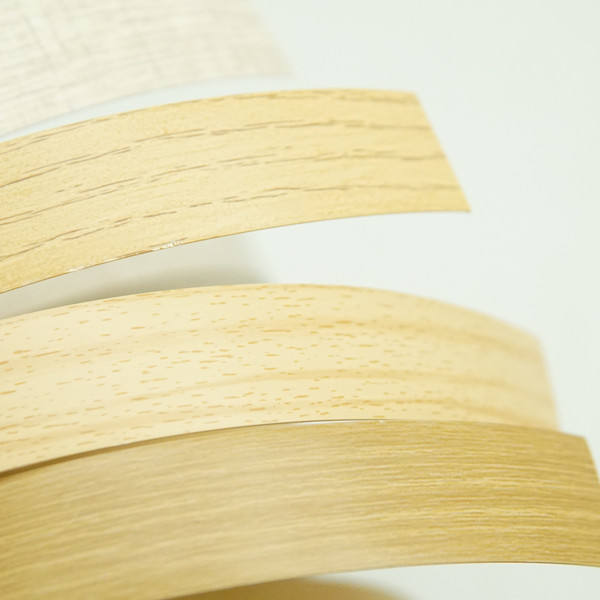We specialize in providing comprehensive furniture solutions, offering both ODM and OEM services.
News
What are the similarities and differences between PVC edge banding strips and ABS edge banding strips?
In the fields of furniture manufacturing and interior decoration, edge banding is an indispensable material. It not only protects the edges of the boards but also enhances the overall aesthetic appeal. Among them, PVC edge banding strips and ABS edge banding strips are widely used. They have both similarities and many differences.
From the perspective of material properties, PVC (polyvinyl chloride) edge banding strips are mainly made of polyvinyl chloride, with an appropriate amount of plasticizers, stabilizers and other additives added. Polyvinyl chloride itself is a common plastic with a relatively low cost, which gives PVC edge banding a price advantage. ABS (acrylonitrile-butadiene-styrene copolymer) edge banding strips are copolymerized from three monomers: acrylonitrile, butadiene and styrene. This unique molecular structure endows ABS edge banding strips with excellent comprehensive performance, but their raw material cost is relatively high.
In terms of physical properties, both have their own advantages and disadvantages. PVC edge banding strips have good flexibility, which enables them to fit better when edge banding irregularly shaped or curved plates, and the operation is relatively easy. However, it has poor heat resistance and is prone to deformation in high-temperature environments, and may even release harmful substances. In contrast, ABS edge banding strips have higher hardness and strength, and possess excellent impact resistance. Even when subjected to external force impacts, they are not prone to damage. Moreover, ABS edge banding has excellent heat resistance, can remain stable at higher temperatures, is not prone to deformation, and has better environmental protection performance, which conforms to people's current pursuit of green home.
In terms of processing technology, both PVC edge banding strips and ABS edge banding strips can be processed by common techniques such as hot melt adhesive edge banding and UV adhesive edge banding. However, due to the flexibility of PVC edge banding strips, the requirements for temperature and pressure during the edge banding process are relatively loose, and the processing difficulty is relatively low. ABS edge banding strips, due to their high hardness, have stricter requirements for equipment precision and process parameters during processing. They need higher temperatures and pressures to ensure a firm edge banding, and as a result, the processing cost increases.
In application scenarios, the usage scope of the two overlaps somewhat, but they also have their own emphases. PVC edge banding strips are widely used in mid-to-low-end furniture, cabinets, office desks and chairs and other products due to their low price, rich colors and textures. For some projects with strict cost control, PVC edge banding is a good choice. ABS edge banding strips, with their excellent physical properties and environmental friendliness, are often used in high-end furniture, automotive interiors, medical devices and other fields with high quality requirements. These scenarios have strict requirements for the durability, stability and environmental friendliness of edge banding strips, and ABS edge banding strips can better meet these requirements.
To sum up, there are obvious differences between PVC edge banding strips and ABS edge banding strips in terms of material, performance, processing and application. When making an actual choice, it is necessary to comprehensively consider factors such as product positioning, cost budget, and usage environment. After weighing the pros and cons, a suitable decision should be made to fully leverage the advantages of the two types of edge banding strips and meet different demands.
Latest articles
 The excellent performance of edge-sealed plywood2025-05-23
The excellent performance of edge-sealed plywood2025-05-23 Personal DIY Plywood Edge Banding Guide2025-05-23
Personal DIY Plywood Edge Banding Guide2025-05-23 What are the similarities and differences between laser edge banding and ordinary edge banding?2025-05-22
What are the similarities and differences between laser edge banding and ordinary edge banding?2025-05-22 The manufacturing process and differences of edge banding strips2025-05-22
The manufacturing process and differences of edge banding strips2025-05-22 What Is PVC Edge Banding?2025-05-22
What Is PVC Edge Banding?2025-05-22
Ask For A Quick Quote
If you are looking for more information on our services, or how we could potentially help, we would love to hear from you!

